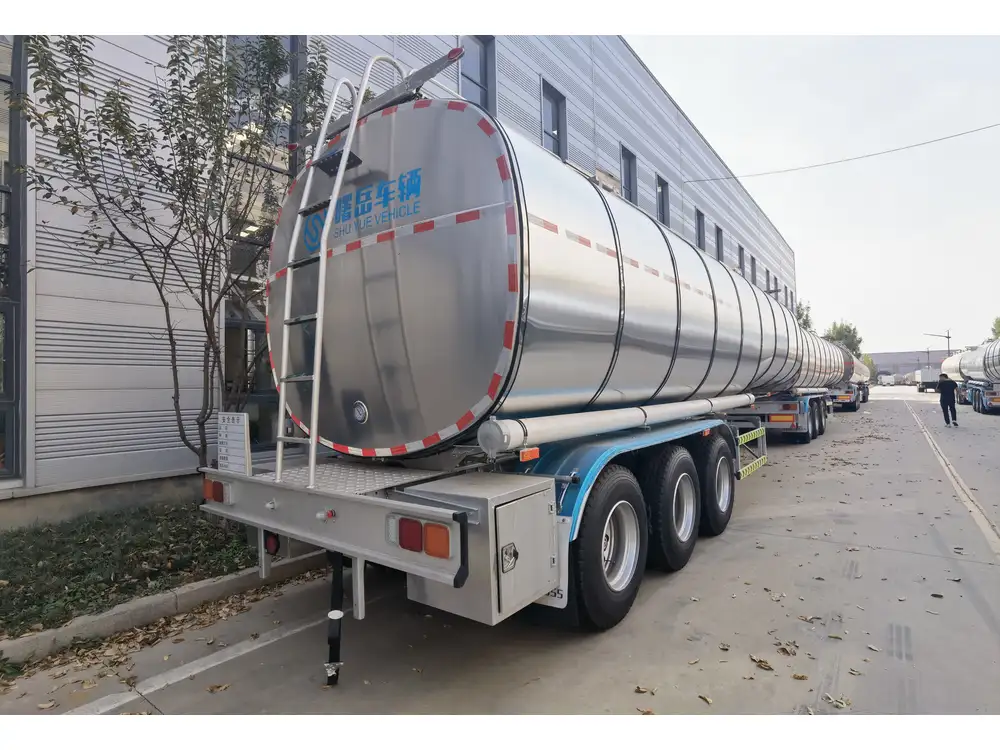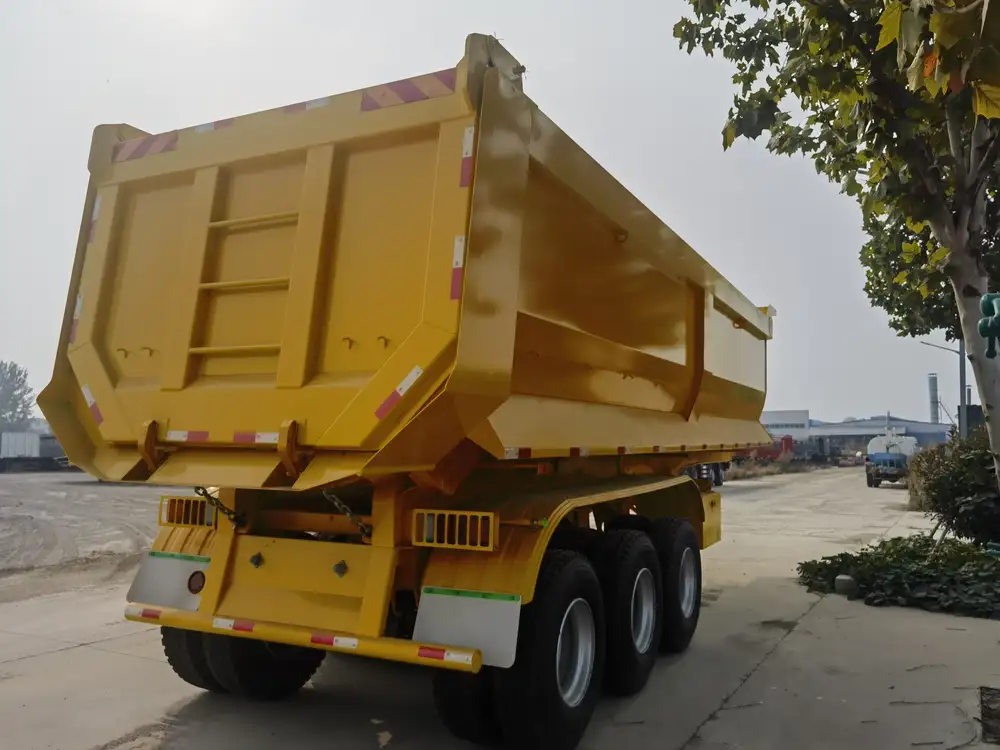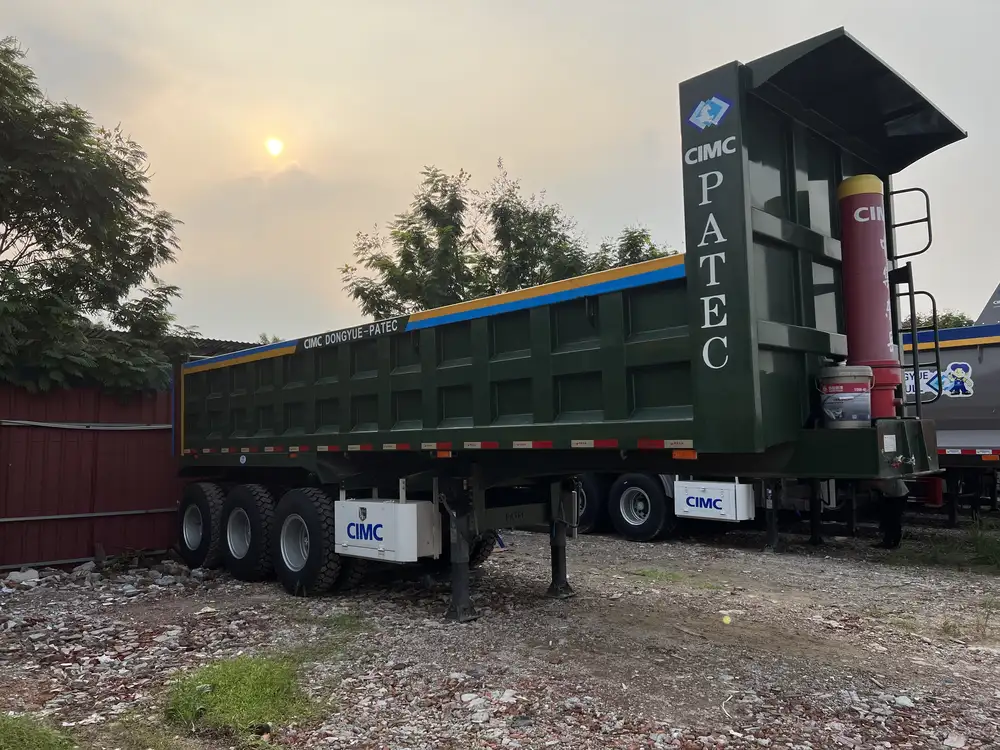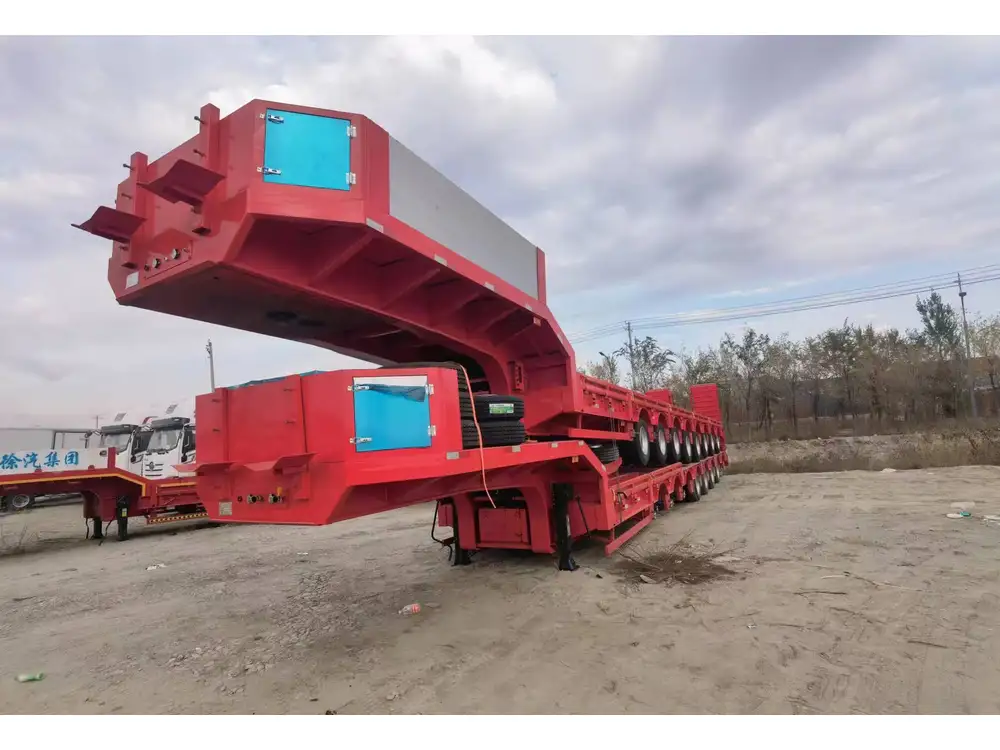In the expansive and often intricate landscape of logistics and transportation, the demand for semi-trailers has surged. Businesses, ranging from small-scale operations to colossal corporations, increasingly seek out flexible rental solutions. Understanding where and how to rent a semi and trailer can be daunting due to the multitude of options available. This guide aims to provide you with an extensive overview of the rental landscape, highlighting varied rental options, considerations when renting, and tips for ensuring a smooth rental experience.
Understanding Your Needs: The Basis of Your Rental Search
Before diving into the specifics of where to rent a semi and trailer, it’s crucial to define your requirements:
- Type of Load: Are you transporting perishable goods, machinery, or general freight? Different trailers are designed for specific types of cargo.
- Duration of Rental: Will you need the semi and trailer for a few days, weeks, or months? Your rental duration can influence your options and costs significantly.
- Transport Distance: Local deliveries may require different specifications compared to long-haul transportation.
- Budget Constraints: Determine your budgetary limitations to narrow down the rental options appropriately.
Rental Options: A Diverse Landscape
Once you’ve outlined your specific needs, you can explore various rental avenues:

1. National Rental Companies
National rental companies, such as U-Haul, Penske, and Ryder, offer extensive networks with a wide variety of options. Here’s a breakdown of what each provides:
| Company | Fleet Variety | Rental Duration Options | Additional Services |
|---|---|---|---|
| U-Haul | Tractors and various trailer types | Short-term to long-term | 24/7 support, Insurance options |
| Penske | Long-haul trucks with diverse trailers | Flexible rental plans | Maintenance support, Fuel included |
| Ryder | Specialized and standard semi-trailers | Long-term leasing options | Dedicated account management |
Pros:
- Extensive availability across locations
- Well-established customer service standards
Cons:
- Potentially higher rates compared to local services

2. Local Rental Agencies
Local rental agencies often offer more competitive rates and personalized service. They may have unique equipment fitted for regional needs.
| Consideration | Pros | Cons |
|---|---|---|
| Pricing | Generally lower than national chains | Availability may vary |
| Personal Service | Customized solutions tailored to businesses | Limited fleet variety compared to nationals |
| Understanding of Local Needs | Often have insights into local regulations and needs | May lack professional roadside assistance on top of rentals |
3. Peer-to-Peer Rental Services
With the rise of technology, peer-to-peer platforms like Turo and Getaround have started to include commercial vehicles.
| Service | Description | Target Audience |
|---|---|---|
| Turo | Vehicle rental platform (limited semi options) | Individuals and small businesses |
| Getaround | Shared vehicle rental (potential for commercial rentals) | Locals needing intermittent use |
Pros:
- Often lower costs and flexible pricing
- Variety in trailer types with niche operators

Cons:
- Less regulation and assurance of quality
- Typically fewer vehicles available
Key Considerations When Renting
Renting a semi and trailer is a significant investment. It’s essential to consider the following before finalizing your commitment:
1. Insurance and Liability
Always verify what type of insurance the rental company offers. Look for coverage that protects against theft, damage, and liability. This includes understanding whether your current business insurance covers rented equipment.

2. Vehicle Condition and Maintenance
Before signing a rental agreement, conduct a thorough inspection of the semi and trailer. Ensure all systems are functioning efficiently and that maintenance records are provided. Document any pre-existing damages to avoid disputes upon return.
3. Mileage and Fuel Policies
Different rental companies have varying policies on mileage limits and fuel consumption. Clarify these terms to avoid additional fees and surprises.
4. Rental Contracts and Terms
Read the rental contract carefully—focusing on the terms of service, return policies, and any penalties for late returns or damages. Negotiate favorable terms wherever possible.

Pricing Structure: What to Expect
The cost of renting a semi and trailer can fluctuate based on several factors, including rental duration, equipment type, and geographical location. Here’s a typical pricing structure:
| Rental Type | Average Daily Rate | Weekly Rate | Monthly Rate |
|---|---|---|---|
| Semi-Truck Only | $100 – $300 | $600 – $1,800 | $2,500 – $6,000 |
| Trailer Only | $50 – $150 | $300 – $900 | $1,200 – $2,500 |
| Combined Rental | $150 – $450 | $900 – $2,700 | $3,500 – $10,000 |
Factors Influencing Pricing:
- Seasonality: Demand varies throughout the year; peak seasons may lead to higher rates.
- Type of Vehicle: Specialized trailers (e.g., refrigerated units) typically cost more to rent.
- Location: Urban centers may have higher rental rates than rural areas.
Streamlining the Rental Process
To ensure a seamless rental experience, consider the following steps:
- Early Planning: Begin your search well in advance, allowing you to compare rates, terms, and availability.
- Booking Online: Utilize online platforms for upfront pricing and availability checks.
- Ask Questions: Clarify any uncertainties with the rental representative before signing.
- Return Preparation: Know the return process, and ensure the vehicle is in the same condition as received to avoid additional charges.

Real-Life Scenarios: Case Examples
Scenario 1: A Food Distribution Business
Context: A local food distribution company requires a refrigerated semi-trailer for a one-month summer delivery job.
Considerations:
- Chose a national company, ensuring adequate insurance is provided for perishable goods.
- Negotiated a lower weekly rate due to the extended rental period.
Scenario 2: A Construction Firm
Context: A construction company needs a flatbed trailer for hauling building materials on a daily basis during a multi-week project.
Considerations:
- Opted for a local rental agency to discuss specific needs and tailored services.
- Established a clear agreement on mileage limits to avoid excess charges.

Conclusion: Making the Right Choice
When navigating the question of “Where can you rent a semi and trailer?” it’s essential to dissect your particular needs, explore a variety of rental options, and consider critical factors that impact your rental experience. Whether you choose a national rental company, a local business, or a peer-to-peer service, understanding your requirements and diligently evaluating your options can lead to significant savings and operational efficiency.
On your path to securing the ideal semi-trailer rental, prioritize research, planning, and proactive communication. By following these outlined strategies, you can confidently find the rental solution best suited to propel your business forward in the complex realm of logistics and transportation.
Further Reading
- Understanding Semi-trailer Specifications: Types of Trailers and their Uses
- The Future of Truck Rentals: Trends Impacting the Rental Market
- Maintenance Checklist for Rented Equipment: Ensuring Reliable Performance
Your journey to renting a semi and trailer starts with informed decisions. Equip yourself with knowledge, and navigate the rental landscape with confidence.



